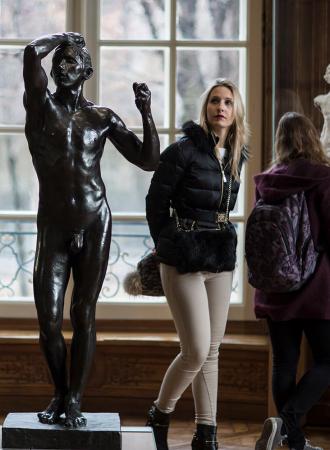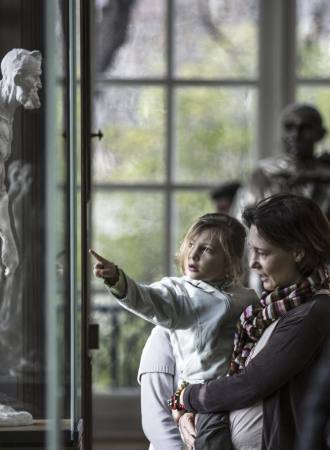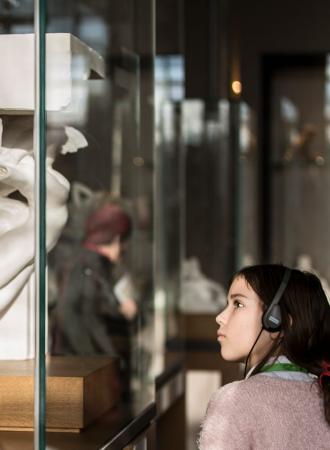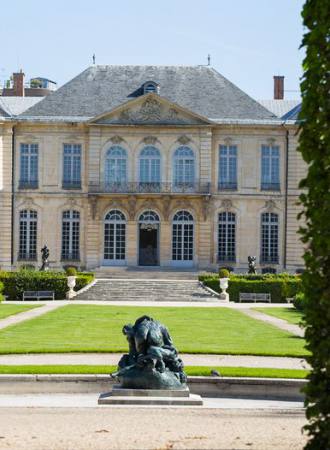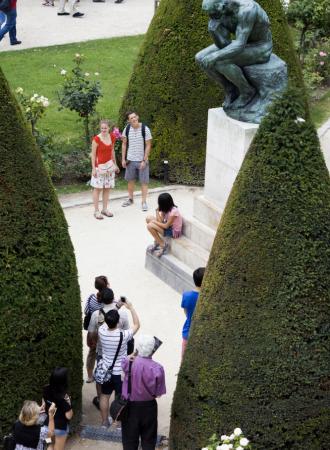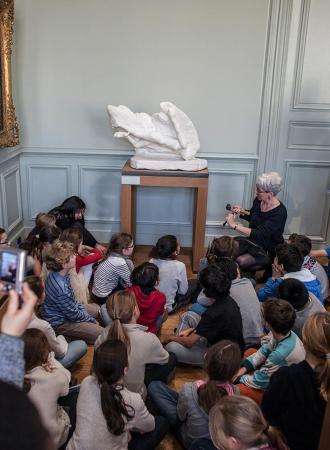Search the site
Headless figure of Hercules
Roman copy of a Greek work from the 4th century BC
This headless monumental statue depicts Hercules leaning on a tree trunk on which he has hung his quiver, while his right hand holds a lion skin. Rodin liked the way the erosion of the marble simplified the forms of the figure, revealing its core structure. When he bought this headless statue from the art dealer Elie Géladakis in1905, he was planning an enlargement of The Walking Man, also known as St John the Baptist―a small model of which he had exhibited on a classical-style column at the Pavilllon de l’Alma in 1900. In July 1905, he asked his caster Eugène Guioché to work on the legs and torso of St John, then had the figure enlarged by his assistant Henri Lebossé in 1906-07. At that time, Rodin wanted his sculpture to convey a sense of classical monumentality. Although the form and posture of this figure of Hercules are different, it encouraged Rodin’s experimentation with incompleteness. One of his favorite works, it now has pride of place in the gallery of antiquities at the Musée Rodin in Meudon.
Locate the artwork in the museum
Musée Rodin - Meudon, antiques studio
We cannot guarantee the presence of all our artworks; some may be out on loan.
SEE ALSO
Completion date :
117–161
Dimensions :
H. 183 cm; W. 103 cm; D. 55 cm
Materials :
Marble
Inventory number :
Co.01107
Credits :
© Photographic Agency of musée Rodin - Pauline Hisbacq
Additional information
Iconography
- Headless figure of Hercules(zip, 1669.2 ko)
